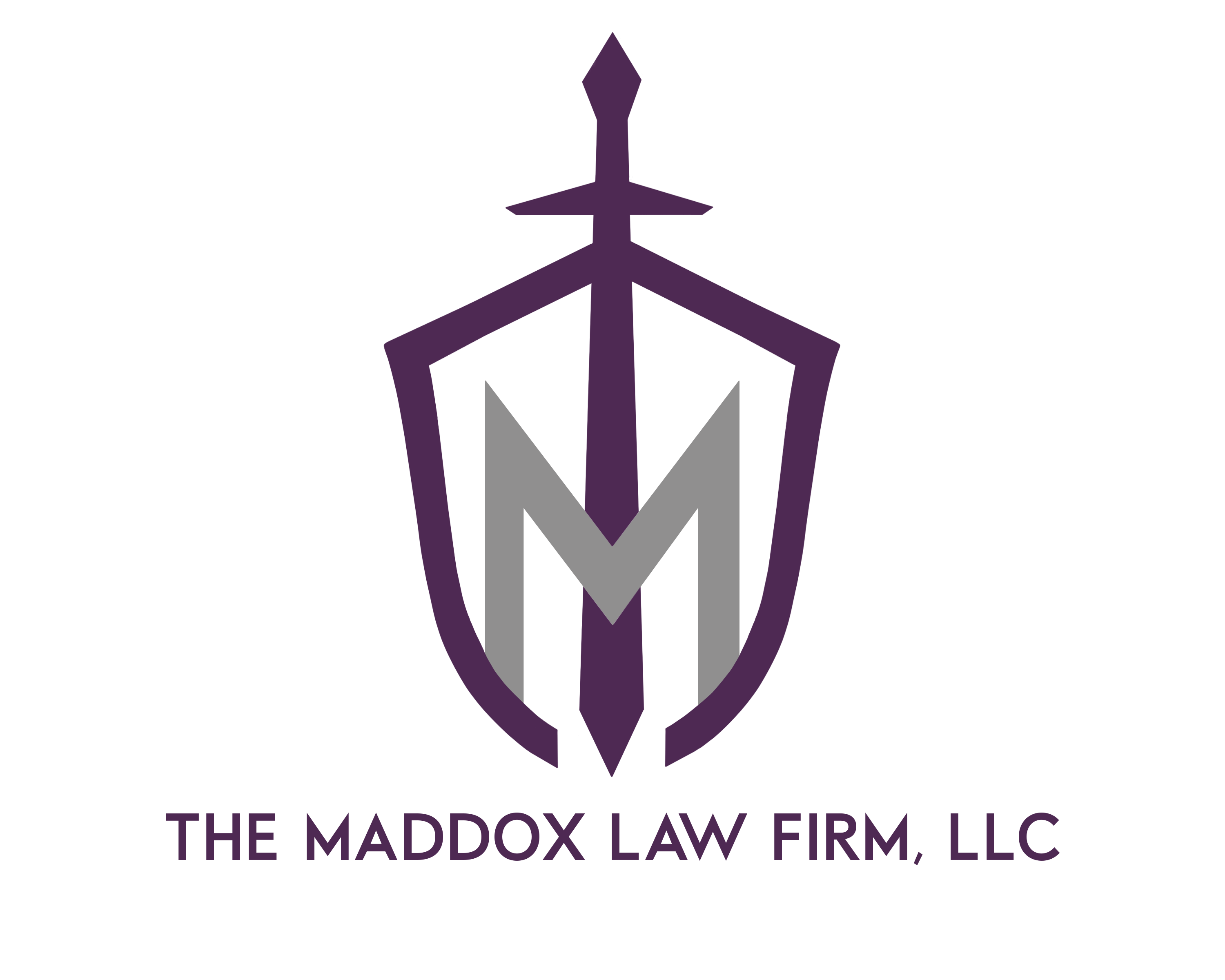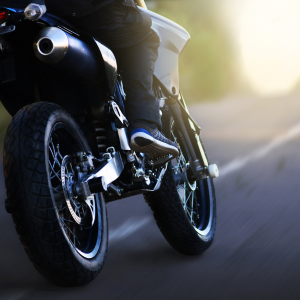From Jackknifes to Rollovers
Truck crashes take many forms, each with specific causes and implications. Understanding the different types of truck crashes can help you recognize potential hazards, determine liability, and comprehend why particular injuries are so severe. Let’s look at the most common types of truck crashes and their characteristics.
What are the different types of truck crashes?
Jackknife Crash
A jackknife incident occurs when a truck trailer swings out to form a 90-degree angle with the cab, resembling a folding knife.
Causes: Sudden braking, slippery roads, and sharp turns can lead to a jackknife.
Jackknife crashes can block multiple lanes of traffic and lead to serious collisions with other vehicles. Liability often involves the examination of the truck driver’s actions and road conditions.
Rollover Crash
Rollovers happen when a truck flips onto its side or roof.
Causes: High speeds, sharp turns, uneven loads, and adverse weather conditions can cause rollovers.
Rollovers can result in catastrophic damage and serious injuries. Liability may lie with the truck driver, trucking company, or a service provider if mechanical failure is involved.
Rear-End Collisions
This type of crash occurs when a truck crashes into the vehicle in front of it.
Causes: Following too closely, driver distraction and brake failure are common causes.
Rear-end collisions often lead to serious injuries due to the size and weight of trucks. The force that is created by an 80,000-pound moving object is tremendous. Liability typically falls on the truck driver.
Underride Accidents
An underride collision happens when a smaller vehicle slides under the rear or side of a truck.
Causes: Sudden stops, lack of underride guards, and poor visibility can contribute to these incidents.
Underride crashes are often fatal due to the severe impact on the smaller vehicle. Liability can involve the truck driver, trucking company, or truck maintenance company.
T-Bone Collisions
T-bone accidents occur when the front of one vehicle crashes into the side of another, forming a “T” shape.
Causes: Running red lights, failing to yield, and speeding can lead to T-bone collisions.
These crashes often result in serious injuries for the occupants of the vehicle struck on the side. Liability is usually assigned based on which driver violated traffic laws or failed to yield.
Head-On Collisions
Head-on collisions involve the front ends of two vehicles crashing into each other.
Causes: Wrong-way driving, driver fatigue, and impairment are common causes.
Head-on collisions with trucks are extremely dangerous due to the force of impact. Liability may involve the truck driver, other motorists, or road conditions.
How do you determine liability and injury implications?
Understanding the type of truck collision is crucial to the determination of liability and explaining the extent of injuries. Here’s a brief overview:
Truck Driver: Liability may rest with the truck driver if the crash resulted from reckless driving, negligence, fatigue, or violation of traffic laws.
Trucking Company: The company may be liable for inadequate training, improper maintenance, or forcing drivers to adhere to unsafe or unreasonable schedules.
Maintenance or Service Provider: In cases that involve mechanical failures, or worn or poorly maintained parts, a maintenance or service provider may be liable.
Other Drivers: Sometimes, other motorists’ actions contribute to or cause truck crashes.
Need help with your truck collision case?
Our team is here to provide the expertise and support you need to build a strong case. We offer case evaluations with no cost to help you understand your options and take the first step toward justice. Contact The Maddox Law Firm today for a no-cost-to-you strategy planning meeting. When it matters, make it Maddox.






